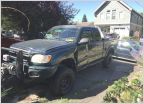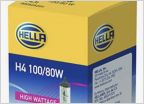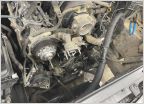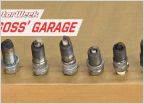-
Welcome to Tundras.com!
You are currently viewing as a guest! To get full-access, you need to register for a FREE account.
As a registered member, you’ll be able to:- Participate in all Tundra discussion topics
- Transfer over your build thread from a different forum to this one
- Communicate privately with other Tundra owners from around the world
- Post your own photos in our Members Gallery
- Access all special features of the site
Still battling P0174
Discussion in '1st Gen Tundras (2000-2006)' started by poormxdad, May 11, 2025.
Page 2 of 2
Page 2 of 2


 After the auction - new to me tundra
After the auction - new to me tundra Spare Tire Hoist
Spare Tire Hoist Wheel rehab....who has done it and how did it go?
Wheel rehab....who has done it and how did it go? New headlight bulbs (Hella H4 100/80W)
New headlight bulbs (Hella H4 100/80W) Replacing timing belt&water pump, what else while I'm in there?
Replacing timing belt&water pump, what else while I'm in there? Smoke at startup, valve guide seals? Replace without removing heads?
Smoke at startup, valve guide seals? Replace without removing heads?














































































